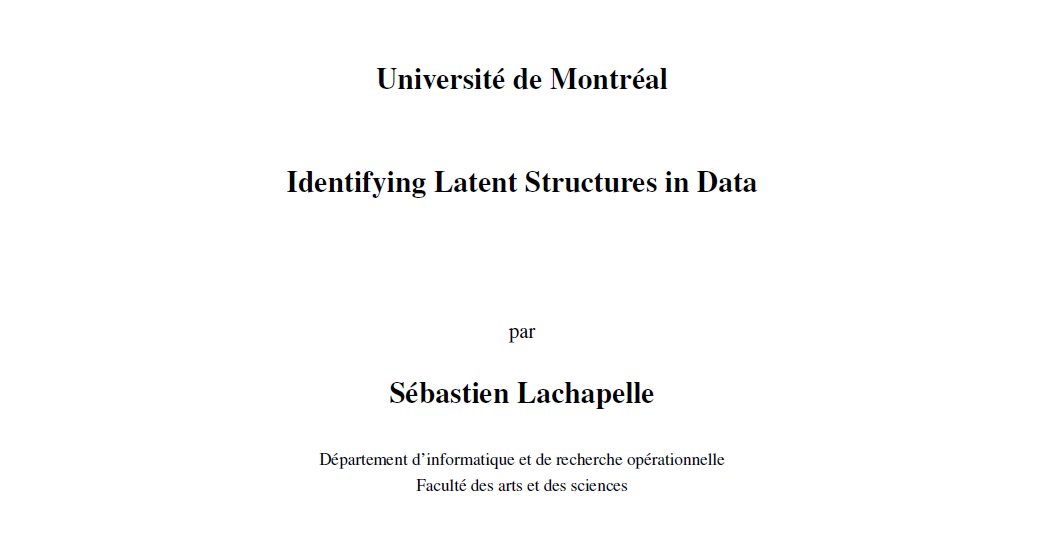
David Klindt
@klindt_david
NeuroAI | assistant professor @CSHL | views my own
ID: 732494566545203201
https://www.cshl.edu/research/faculty-staff/david-klindt/ 17-05-2016 08:54:48
584 Tweet
1,1K Followers
1,1K Following

ICML 2/2 🤩 Charlie O'Neill et al show with theory/experiments: sparse coding > SAEs arxiv.org/abs/2411.13117 Patrik Reizinger et al argue for empirical identifiability theory arxiv.org/abs/2504.13101 Congrats on great science & big thanks to AC+reviewers for their time and effort 🙏

1/🧵 Thrilled to announce our ICML‑accepted work (done in my undergrad days with @david_klindt and Alim Gumran) that questions the linear‑only dogma in sparse autoencoders👇






Interested in graph and topological deep learning?🍩 Join us this wednesday online for this exciting Symmetry and Geometry in Neural Representations global seminar series!🌟

Pregnancy & motherhood transform the brain in ways we're only beginning to understand🧠 We're uncovering these changes with Susana Carmona Magdalena Martínez-García PhD🦋 Emily G. Jacobs 🦋 @emilyjacobs.bsky.social Hannah Grotzinger Kaya Jordan neuromaternal thanks to CZI Science's generous support ! tinyurl.com/38jb7hm6



What is the probability of an image? What do the highest and lowest probability images look like? Do natural images lie on a low-dimensional manifold? In a new preprint with Zahra Kadkhodaie Eero Simoncelli, we develop a novel energy-based model in order to answer these questions: 🧵


The era of artificial scientific intelligence is here. As algorithms generate discoveries at scale, what role remains for human scientists?🤔 Thanks PLOS Biology for publishing my perspective Real AI @ UCSB UCSB ECE UC Santa Barbara's College of Engineering UC Santa Barbara ! journals.plos.org/plosbiology/ar…



*From superposition to sparse codes: interpretable representations in NNs* by David Klindt Nina Miolane 🦋 @ninamiolane.bsky.social Patrik Reizinger Charlie O'Neill Nice overview on the linearity of NN representations and the use of sparse coding to recover interpretable activations. arxiv.org/abs/2503.01824




Welcome again, awesome to have you here for summer at Cold Spring Harbor Laboratory







